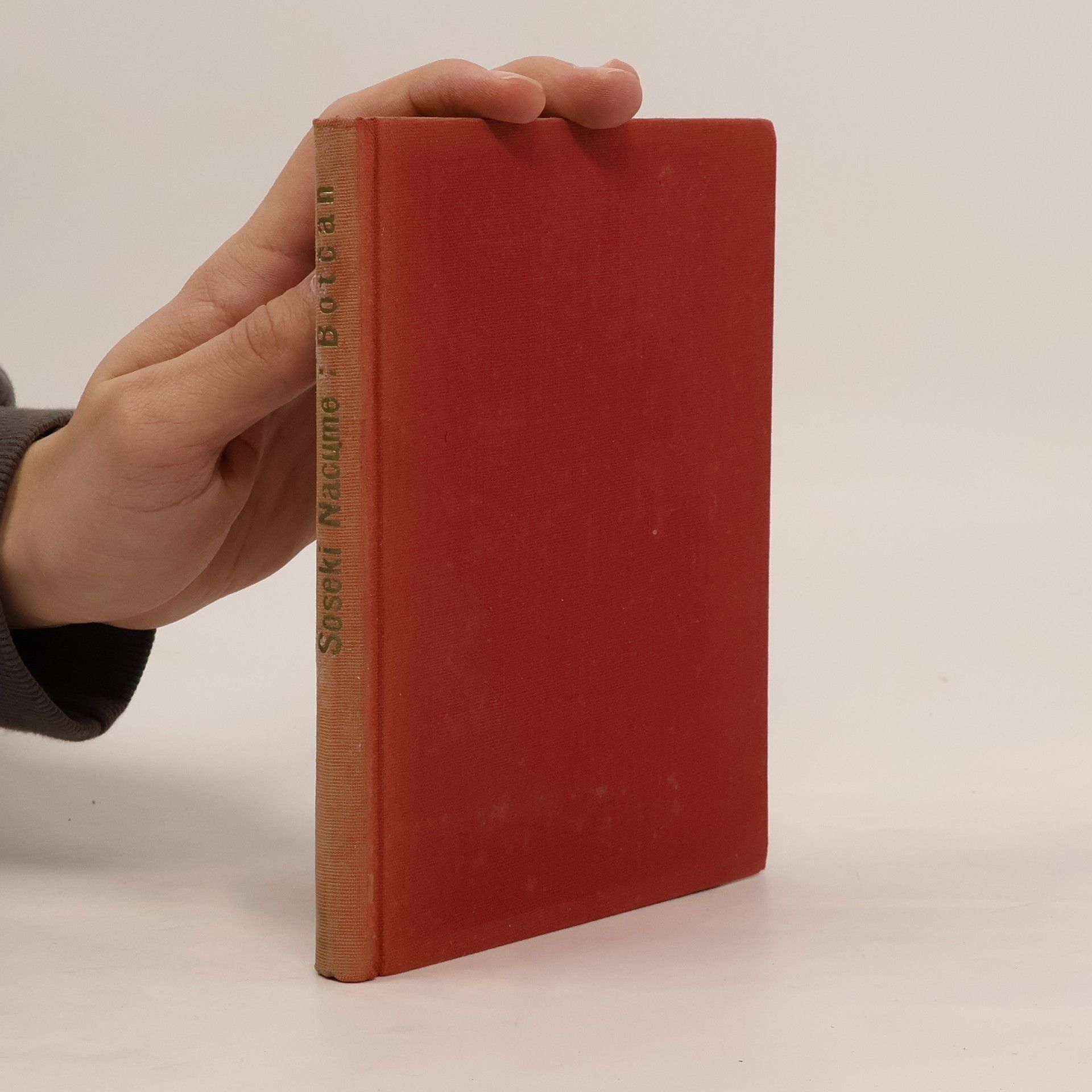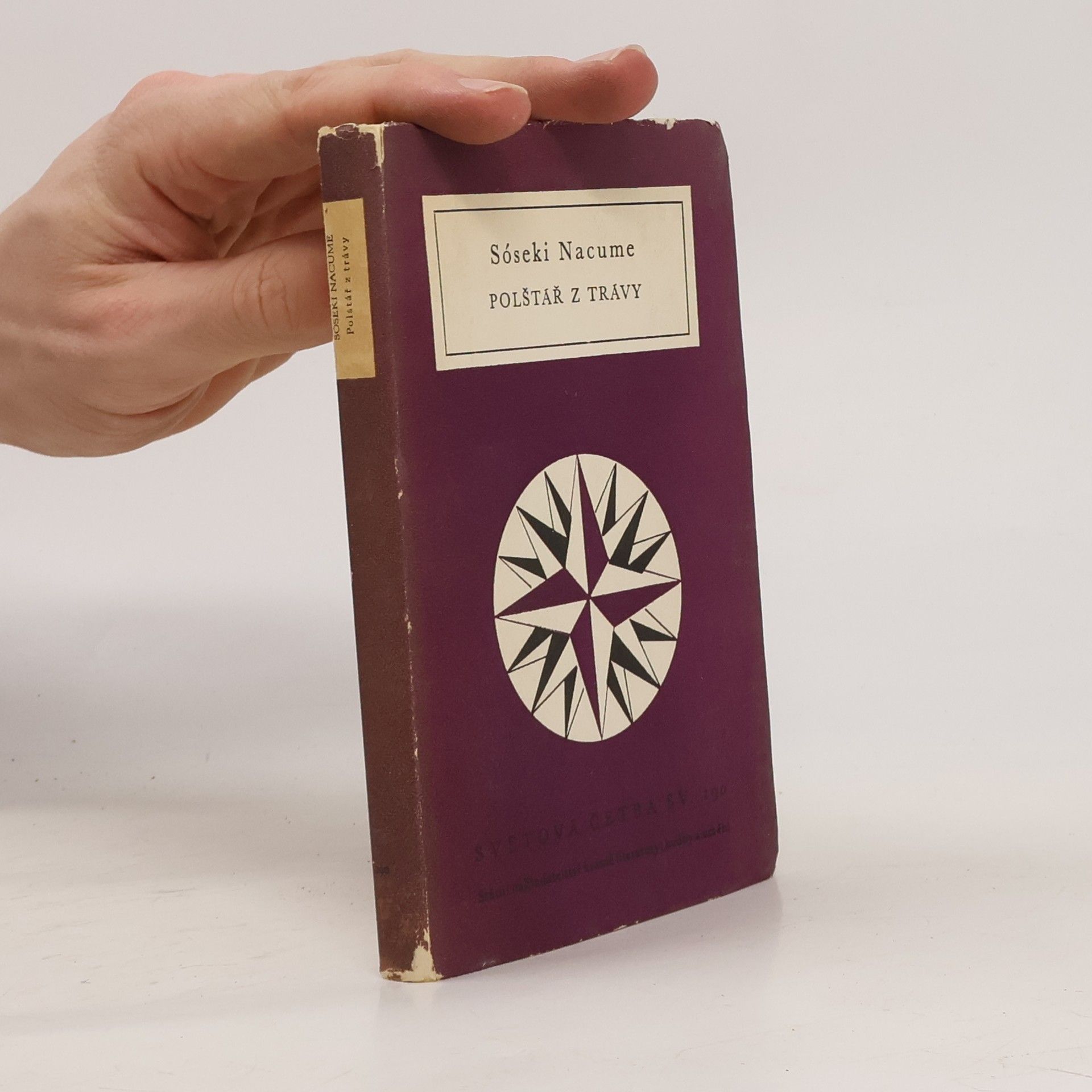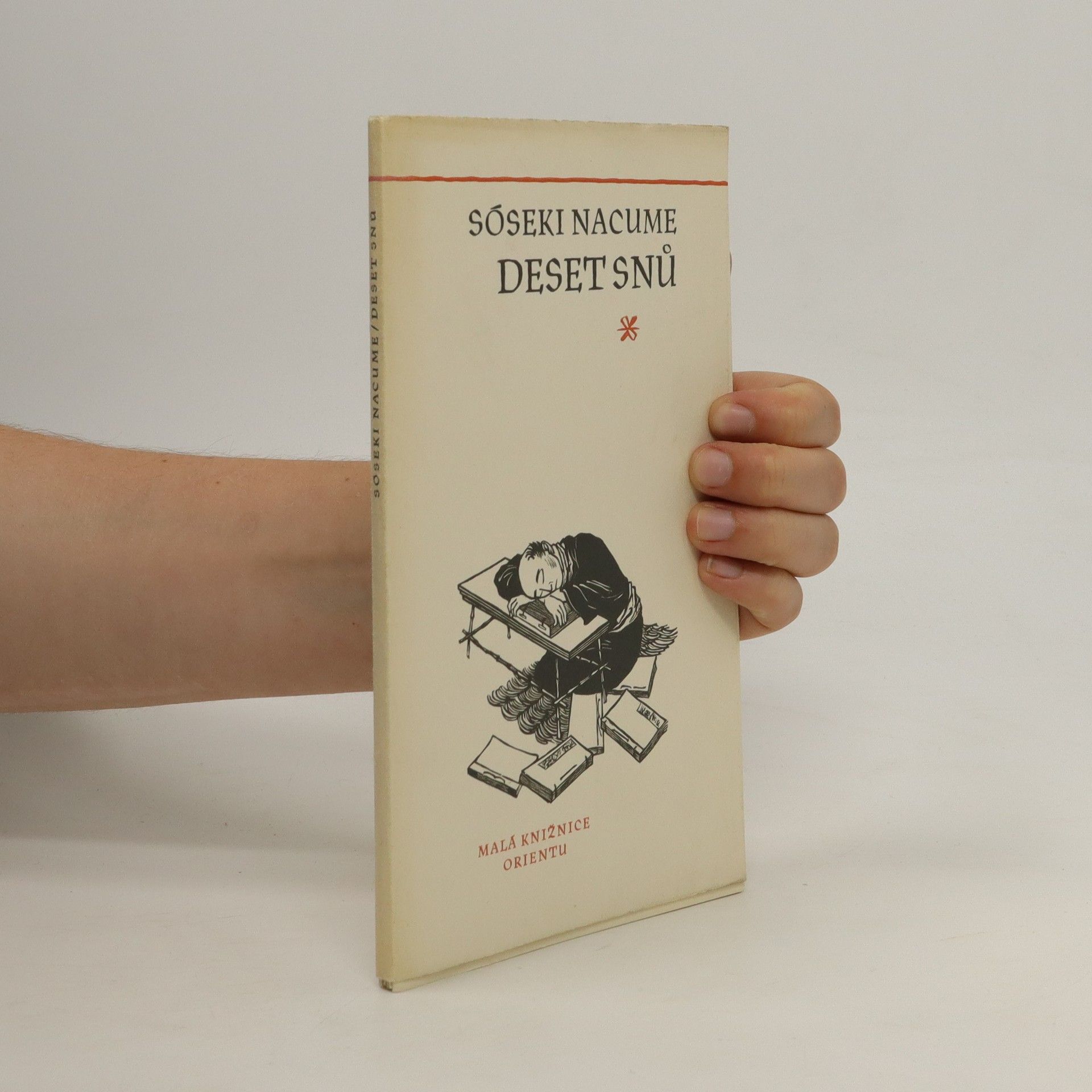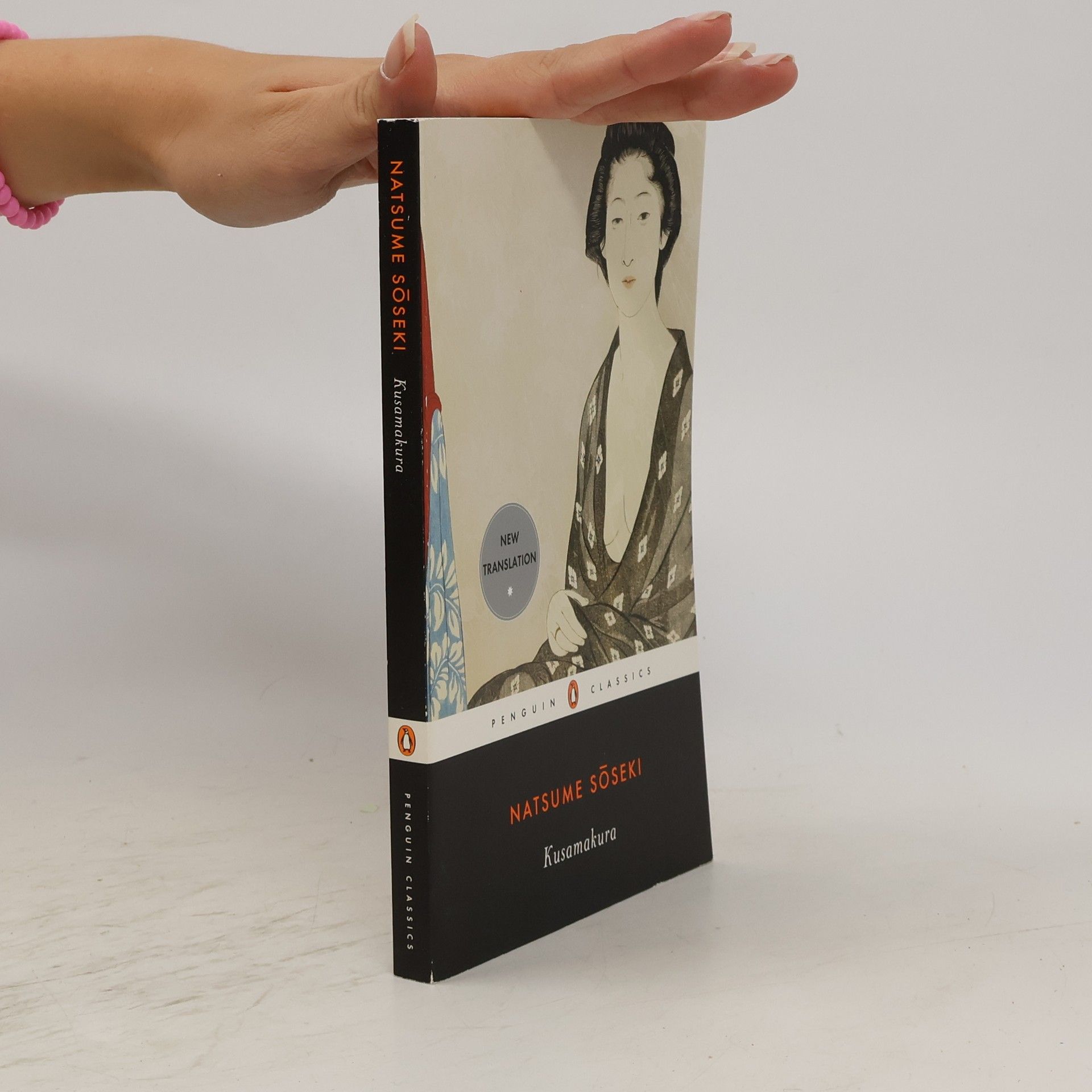Mistrovský román klasika moderní japonské literatury, ve kterém citlivě a působivě ztvárnil generační střet v zemi procházející prudkou přeměnou. Román Kokoro (japonské slovo znamená srdce, ale také mysl, duch či cítění) je považován za vrcholné dílo Sóseki Nacumeho, ve kterém mistrně ztvárnil hluboké rozpory japonské společnosti na sklonku éry Meidži (1868–1912). Mladý student se setkává s profesorem, starším mužem, který se drží stranou společnosti, a jeho ženou. Postupně proniká do tajemství profesorova života a odhaluje jeho třináctou komnatu, tragickou smrt jeho přítele ze studií. Nacumeho román je také vylíčením propasti mezi starší a mladší generací, která významně poznamenala Japonsko na počátku moderní éry a je opět aktuální dnes, v době globalizace. Není divu, že celosvětově roste zájem o Sósekiho dílo a samotné Kokoro se dočkalo v posledních letech řady překladů do světových jazyků, mimo jiné již třetího překladu do angličtiny.
Sóseki Nacume Knihy
Natsume Sōseki byl vlivný japonský prozaik a literární vědec, který hluboce ovlivnil moderní japonskou literaturu. Jeho díla se často zabývají tématy identity, odcizení a morálky v rychle se modernizujícím Japonsku. Sōseki mistrně proplétá humor, ironii a psychologickou hloubku, aby vytvořil nezapomenutelné postavy a příběhy. Jeho literární odkaz je tak významný, že je považován za jednoho z největších spisovatelů japonské historie.







Román japonského autora z počátku dvacátého století zachycuje citové zrání mladého muže v podmínkách vzájemného prolínání kultury Východu a Západu.
Kokoro: (Translated by Edward McClellan)
- 156 stránek
- 6 hodin čtení
Exploring the themes of loneliness and isolation, this novel delves into the transition from Meiji society to modern Japan. It is structured in three parts, focusing on the narrator's relationship with the reclusive "Sensei," his return home after graduating, and a revealing letter from Sensei that uncovers his deep-seated guilt and loss of faith in humanity. This poignant narrative offers insight into the complexities of human emotions and relationships, making it a significant work by Natsume Soseki.
Light and Dark
- 464 stránek
- 17 hodin čtení
Originally published in Japanese with the romanized title of Meian.
The Gate
- 227 stránek
- 8 hodin čtení
An NYRB Classics Original A humble clerk and his loving wife scrape out a quiet existence on the margins of Tokyo. Resigned, following years of exile and misfortune, to the bitter consequences of having married without their families’ consent, and unable to have children of their own, Sōsuke and Oyone find the delicate equilibrium of their household upset by a new obligation to meet the educational expenses of Sōsuke’s brash younger brother. While an unlikely new friendship appears to offer a way out of this bind, it also soon threatens to dredge up a past that could once again force them to flee the capital. Desperate and torn, Sōsuke finally resolves to travel to a remote Zen mountain monastery to see if perhaps there, through meditation, he can find a way out of his predicament. This moving and deceptively simple story, a melancholy tale shot through with glimmers of joy, beauty, and gentle wit, is an understated masterpiece by one of Japan’s greatest writers. At the end of his life, Natsume Sōseki declared The Gate, originally published in 1910, to be his favorite among all his novels. This new translation captures the oblique grace of the original while correcting numerous errors and omissions that marred the first English version.
Kusamakura
- 176 stránek
- 7 hodin čtení
"Natsume Soseki's Kusamakura follows its nameless young artist-narrator on a meandering walking tour of the mountains. At the inn at a hot spring resort, he has a series of mysterious encounters with Nami, the lovely young daughter of the establishment. Nami, or 'beauty, ' is the center of this elegant novel, the still point around which the artist moves and the enigmatic subject of Soseki's word painting. In the author's words, Kusamakura is 'a haiku-style novel, that lives through beauty.' Written at a time when Japan was opening its doors to the rest of the world, Kusamakura turns inward, to the pristine mountain idyll and the taciturn lyricism of its courtship scenes, enshrining the essence of old Japan in a work of enchanting literary nostalgia."--Book cover


